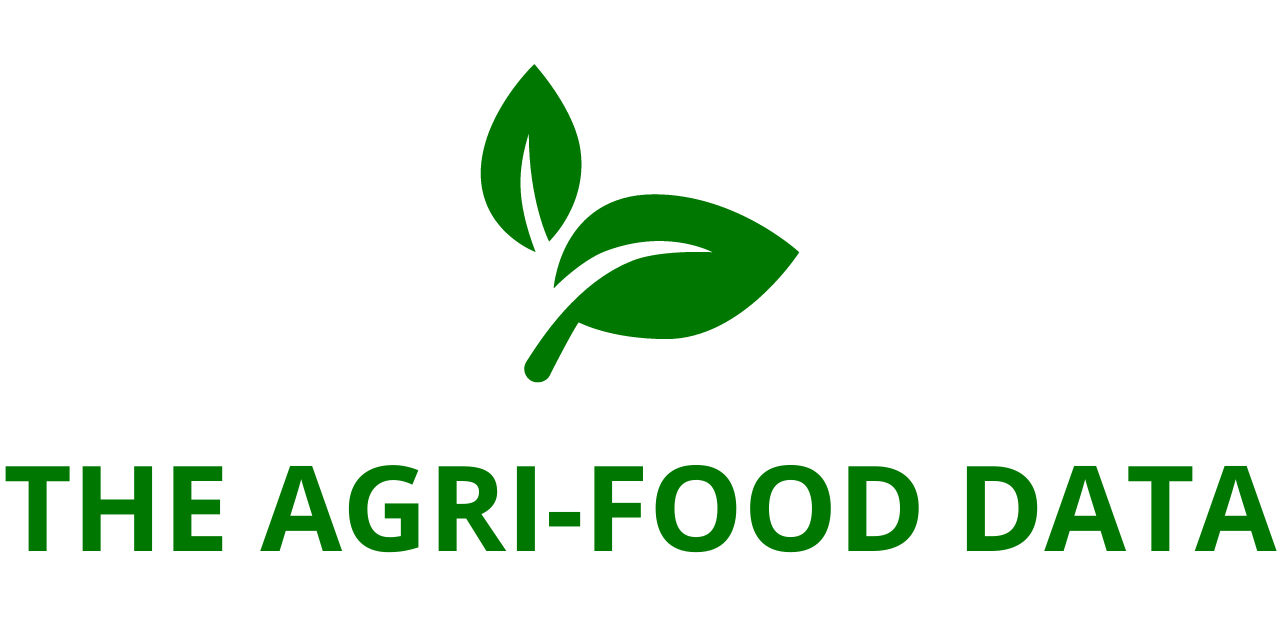
The global plant-based food industry is poised for significant expansion, with the market expected to reach a valuation of $64.33 billion by 2031, growing at a compound annual growth rate (CAGR) of 11% between 2024 and 2031, according to the latest report, “Plant-based Food Market by Type, Source, and Distribution Channel – Global Forecast to 2031”, recently added to ResearchAndMarkets.com’s portfolio. This comprehensive analysis offers a detailed examination of market trends, regional growth prospects, technological innovations, and competitive dynamics shaping the plant-based food sector globally.
The report delves into market performance across five key geographical regions, offering insights into prevailing market drivers, current valuations, and emerging trends through 2031. Alongside regional assessments, the study includes an in-depth evaluation of the competitive landscape, country-specific market analyses, and projections that highlight potential growth avenues for industry participants.
Market Drivers Fueling Growth
Several factors are driving the expansion of the global plant-based food market. A growing number of consumers are exhibiting intolerance toward animal-derived proteins, prompting increased adoption of plant-based alternatives. Simultaneously, the rise in vegetarian and vegan populations worldwide is encouraging demand across multiple product categories.
Investment trends also play a crucial role in market growth. Venture capital and private equity funding are increasingly directed toward plant-based food startups, enabling the development of innovative products and advanced manufacturing technologies. Furthermore, breakthroughs in food technology are helping producers create plant-based foods that closely mimic the taste, texture, and nutritional profile of traditional animal-based products, broadening consumer appeal.
Increasing consumer consciousness about animal welfare and environmental sustainability is also a pivotal growth driver. As awareness of the ecological and ethical implications of animal agriculture spreads, demand for environmentally friendly and cruelty-free food products continues to rise. Complementing these factors, enhanced research and development activities and the introduction of innovative product offerings by plant-based manufacturers are further stimulating market growth.
Regional Insights: Asia-Pacific Leads Expansion
Among all regions, Asia-Pacific is anticipated to achieve the highest growth rate over the forecast period. This robust trajectory is driven by multiple factors, including collaborations between domestic and international food companies, rising consumer awareness of protein-rich diets, and the rapid growth of the food and beverage sector. Economic development and urbanization are expanding consumer purchasing power, while the region’s substantial vegan and vegetarian populations further contribute to market expansion.
Additionally, investment in plant-based food ventures and the adoption of cutting-edge technologies for product innovation are accelerating regional growth. Companies are increasingly focusing on leveraging local agricultural resources to create region-specific plant-based alternatives, catering to cultural preferences and taste profiles.
Product Type Trends: Egg Substitutes Lead Growth
Among various product categories, egg substitutes are projected to experience the highest CAGR during 2024-2031. This surge is primarily driven by increasing consumer demand for healthy and low-cholesterol alternatives, the expansion of vegan and vegetarian lifestyles, and heightened awareness regarding dietary restrictions and allergies.
Technological advancements in egg substitute development are enhancing product functionality, making these alternatives more suitable for a wide range of cooking and baking applications. Food manufacturers are introducing sophisticated formulations that replicate traditional egg characteristics, thereby improving acceptance among both residential consumers and commercial foodservice providers. As a result, adoption rates for egg substitutes are expected to rise steadily across global markets.
Source Material Trends: Pea Protein Emerges as a Star Ingredient
Based on source material, pea protein is expected to register the most substantial growth rate during the forecast period. The increasing popularity of sustainable and nutritious protein alternatives is encouraging manufacturers to invest in the expansion of pea protein production capabilities.

Pea-based ingredients offer multiple advantages, including being allergen-free, gluten-free, and lactose-free, which broadens their appeal among health-conscious consumers and those with specific dietary requirements. Their versatility allows incorporation into a wide range of plant-based products, from protein powders and meat alternatives to dairy substitutes, making pea protein a key driver of the sector’s growth.
Distribution Channel Insights: B2C Dominates
From a distribution standpoint, the business-to-consumer (B2C) segment is expected to maintain both dominance and rapid growth through 2031. Traditional supermarkets and hypermarkets continue to serve as major sales channels, driven by consumer preference for in-person shopping and the availability of a broad product range.
The growth of the online retail sector further accelerates market expansion, offering consumers convenience, cost savings, and easier access to niche plant-based products. E-commerce platforms are becoming increasingly important in reaching younger, tech-savvy consumers who are inclined toward plant-based lifestyles. This convergence of traditional and digital retail channels ensures sustained growth for the B2C segment.
End-Use Applications: Retail Remains Key
Within end-use applications, the retail segment is anticipated to capture the largest market share in 2024. The rising adoption of plant-based diets, combined with increased product availability in mainstream outlets, drives this dominance. Marketing initiatives and improved product formulations are further expanding consumer reach, while strategic partnerships between plant-based manufacturers and major grocery chains help secure dedicated shelf space for plant-based offerings.
Retail expansion is also supported by consumer education programs that highlight the health and environmental benefits of plant-based nutrition. As awareness grows, retailers are increasingly tailoring their product portfolios to meet the evolving demands of conscious consumers, reinforcing the segment’s position as a primary channel for plant-based food sales.
Key Market Questions Addressed
The report answers several critical questions for market participants and investors:
- What is the current valuation of the global plant-based food market?
- At what rate is global consumption of plant-based foods expected to grow over the next 7–8 years?
- What are the historical market trends, and how have they shaped growth trajectories?
- Which regional and national factors most significantly influence market expansion?
- Which product types, source materials, end-use applications, and distribution channels offer the greatest opportunities for manufacturers?
- What geographical trends are shaping market development, and which regions present the most promising growth prospects?
- Who are the leading players, and what do their product portfolios look like in this sector?
- What strategic developments are impacting market dynamics, and how are these strategies influencing competition and innovation?





